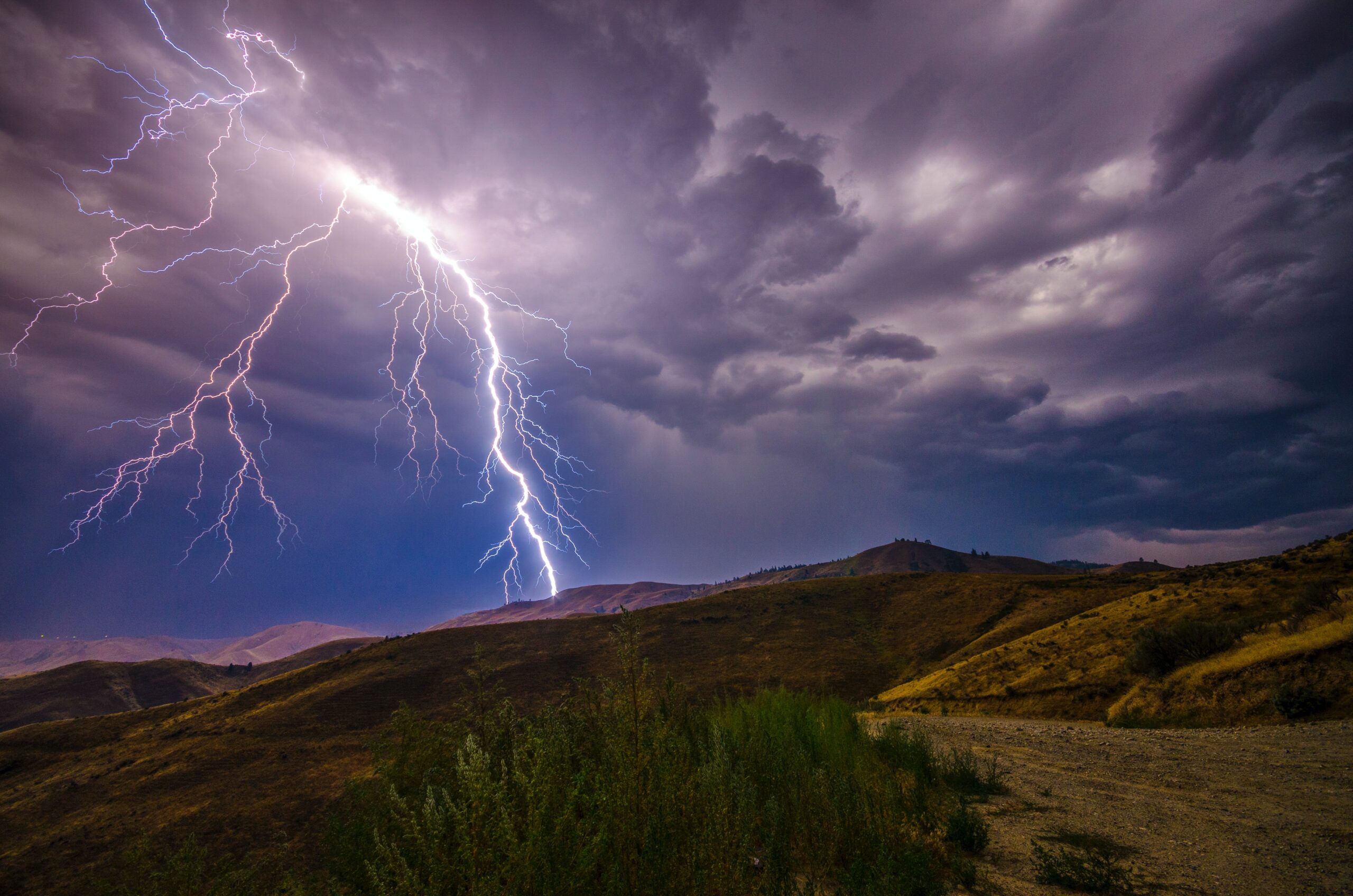We asked our team for feedback on what some of their biggest ‘pet peeves’ are with respect to driving on Calgary roads. We figured if these things are impacting us as drivers, they are likely impacting our clients as well!
Here are ones that made our top 8:
Stop Signs
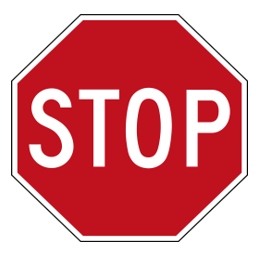
As one of our team members pointed out to us, STOP stands for “static tires on pavement”. This does not mean slowly roll up to the stop sign and then keep going if the coast is clear. Drivers must come to a COMPLETE stop and ensure no other vehicles are coming before continuing through the intersection.
When approaching a 4 way stop, you must yield to the vehicle that reaches the intersection ahead of you. If you and another vehicle reach the intersection at the same time, then you yield the right-of-way to the vehicle on the right.
Yield Signs vs Merge Signs
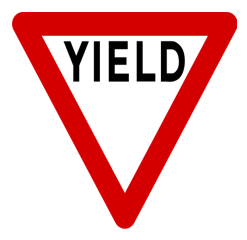
In the case of a yield, the merging drivers must prepare to stop if necessary to let the driver on another approach road proceed. With a merge, the merging driver must accelerate up to traffic speed and look for an opening in traffic. Do NOT stop in a merge lane!
Zipper Merge
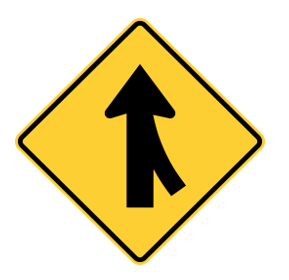
Yes, this is actually a thing. A zipper merge, or “late” merge, is a convention for reducing traffic into a reduced number of lanes. Drivers in the merging lanes are expected to use BOTH lanes to advance to the lane reduction point and then merge in at that location, alternating turns. Every time we come across a lane closure, we see driver scrambling to get into the open lane and glaring at those of us who follow proper procedure and continue to drive in the other lane and merge in at the end.
Signal Lights
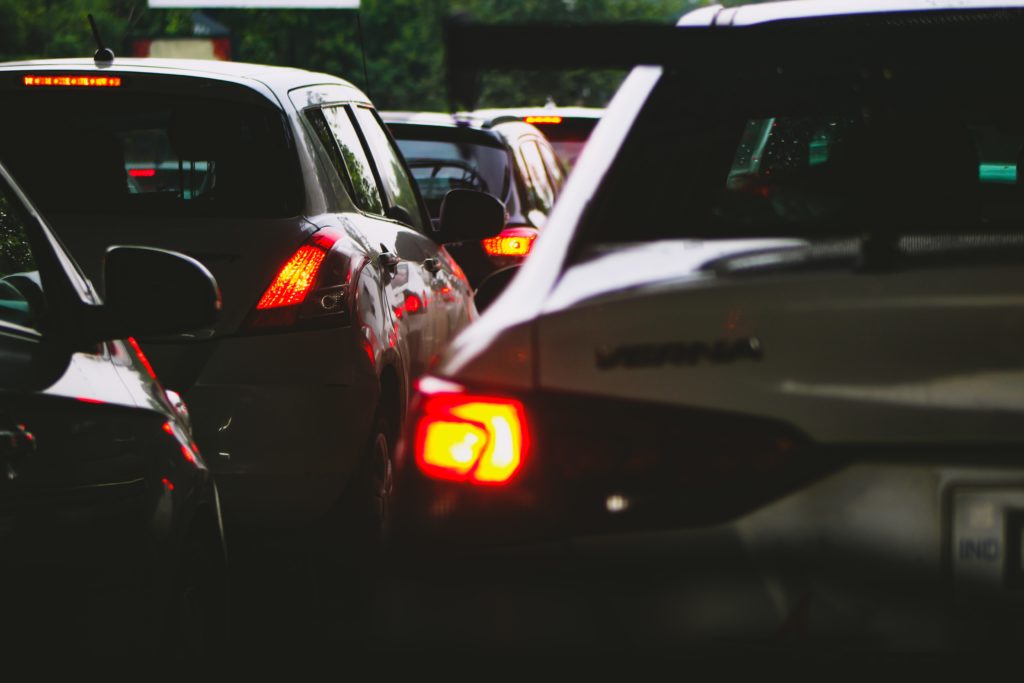
Signal lights let other drivers, cyclists and pedestrians know your intentions. Drivers must give proper notice using their turn signal before changing lanes or turning at an intersection. The funny thing with signal lights is that they only work if you use them! It seems many drivers think these are an optional accessory to their vehicle.
Head Lights and Tail Lights
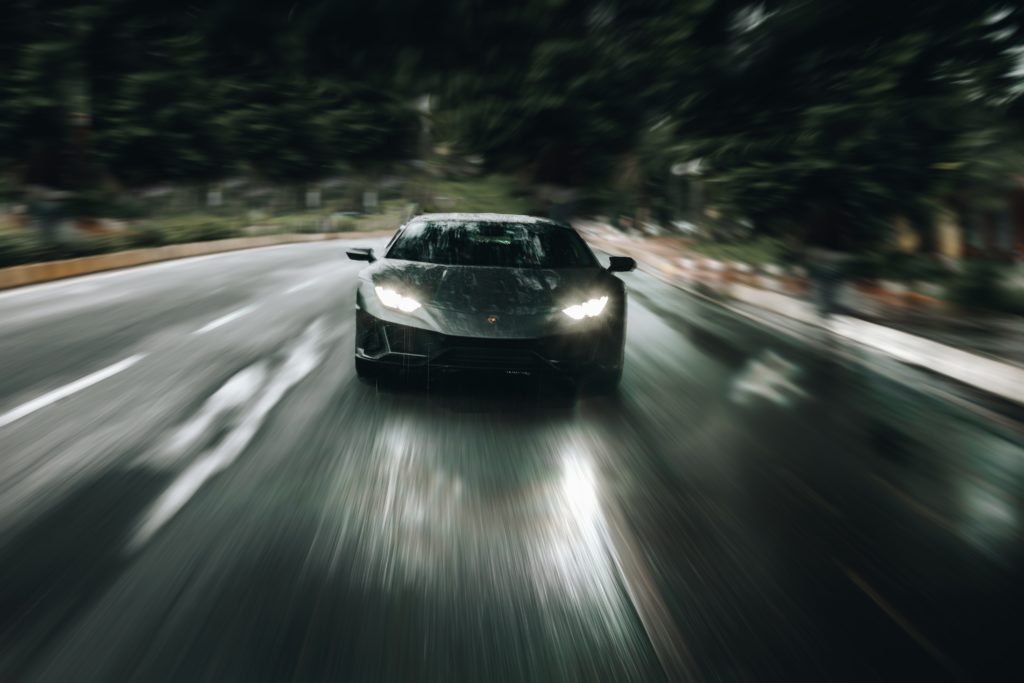
Head lights and tail lights improve visibility when driving. We recommend getting into the habit of using them all of the time, but they are an absolute MUST when driving at dawn, dusk, nighttime or in the fog.
On that note, high beams should only be used in certain circumstances. When nighttime driving outside of the city or in rural areas, high beams offer greater visibility. Just remember to dim your lights when there are oncoming vehicles or when you are approaching another vehicle from behind. Also, it is NOT recommended to use your high beams in heavy rain, snow or foggy weather, as they can actually reflect back at you making it harder to see.
Passing Lane
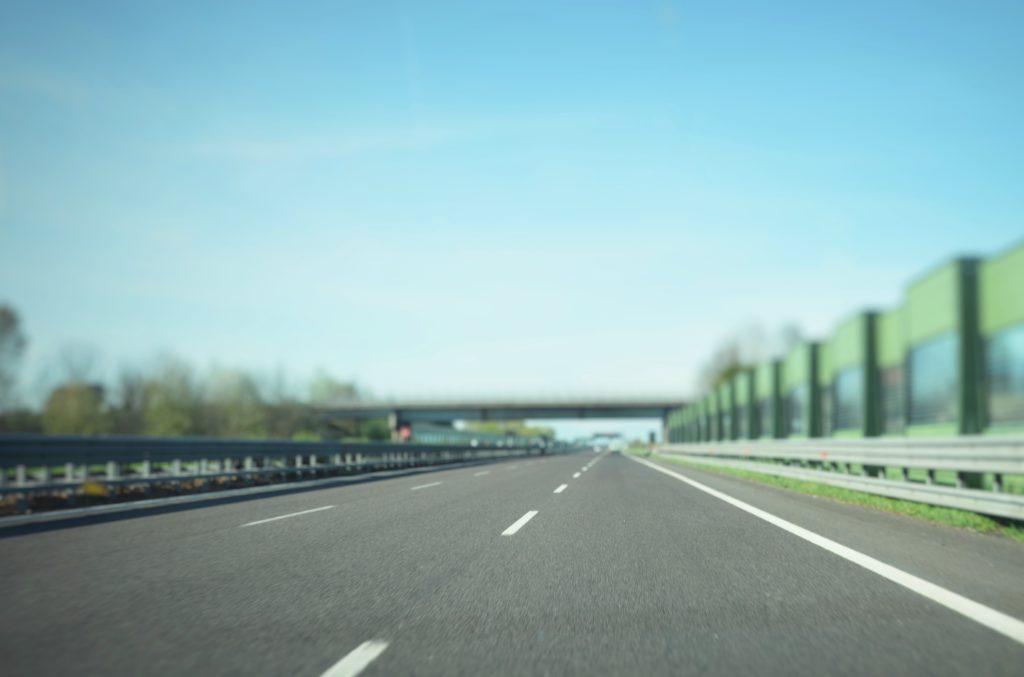
The left hand lane is often referred to as the “fast lane’ because it is commonly used for faster traffic. This passing lane should technically be used only for passing other vehicles, however, in the city all lanes of traffic are used. A friendly reminder to slower drivers to keep right. Even if you are going the posted speed limit, stay in the middle or right hand lane and let faster drivers go by!
Following Too Close
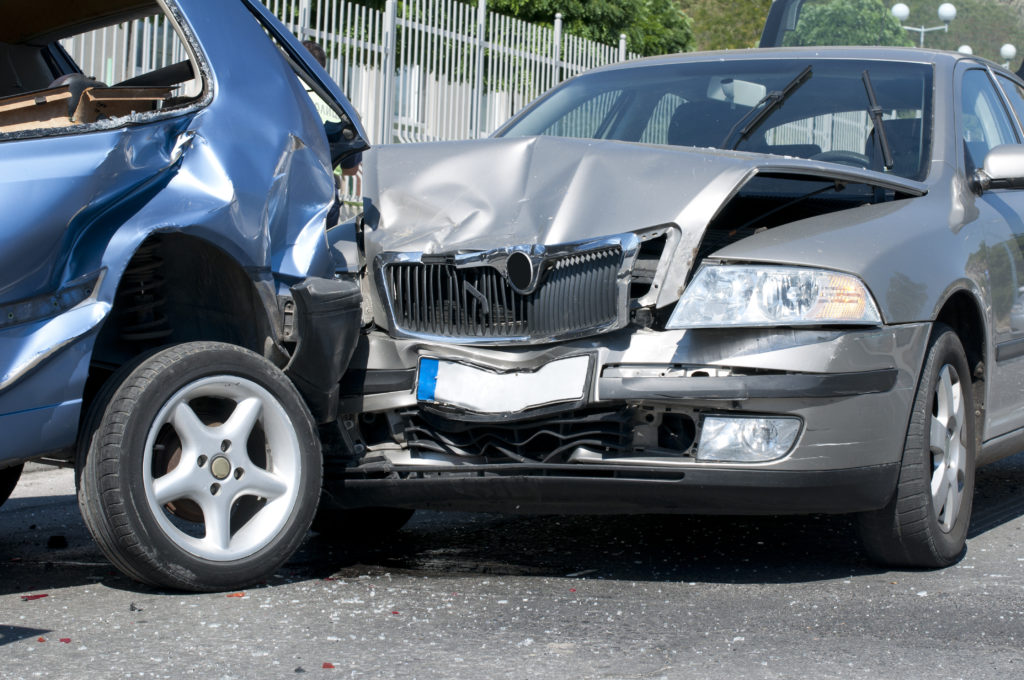
Following to close, or tailgating, results in traffic jams and many rear-end collisions. When driving, drivers should keep a reasonable distance between themselves and the vehicle in front of them. What is considered reasonable would depend on the road conditions, and the street or highway the driver is on. Drivers can be penalized for driving too close, which results in a fine and 2 demerit points.
Distracted Driving

Many drivers don’t seem to be concerned with the new distracted driving laws in Alberta. On a daily basis we see other drivers texting or using their cell phones while operating their vehicles. We recently published a comprehensive post on Distracted Driving rules and regulations and how it can impact insurance premiums. For more information, please click here.
We hope you have found this information helpful. If you have any driving ‘pet peeves’ of your own, we would love to hear them!
Thank you,
The Costen Insurance Team


